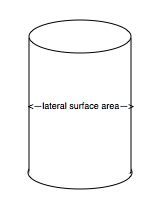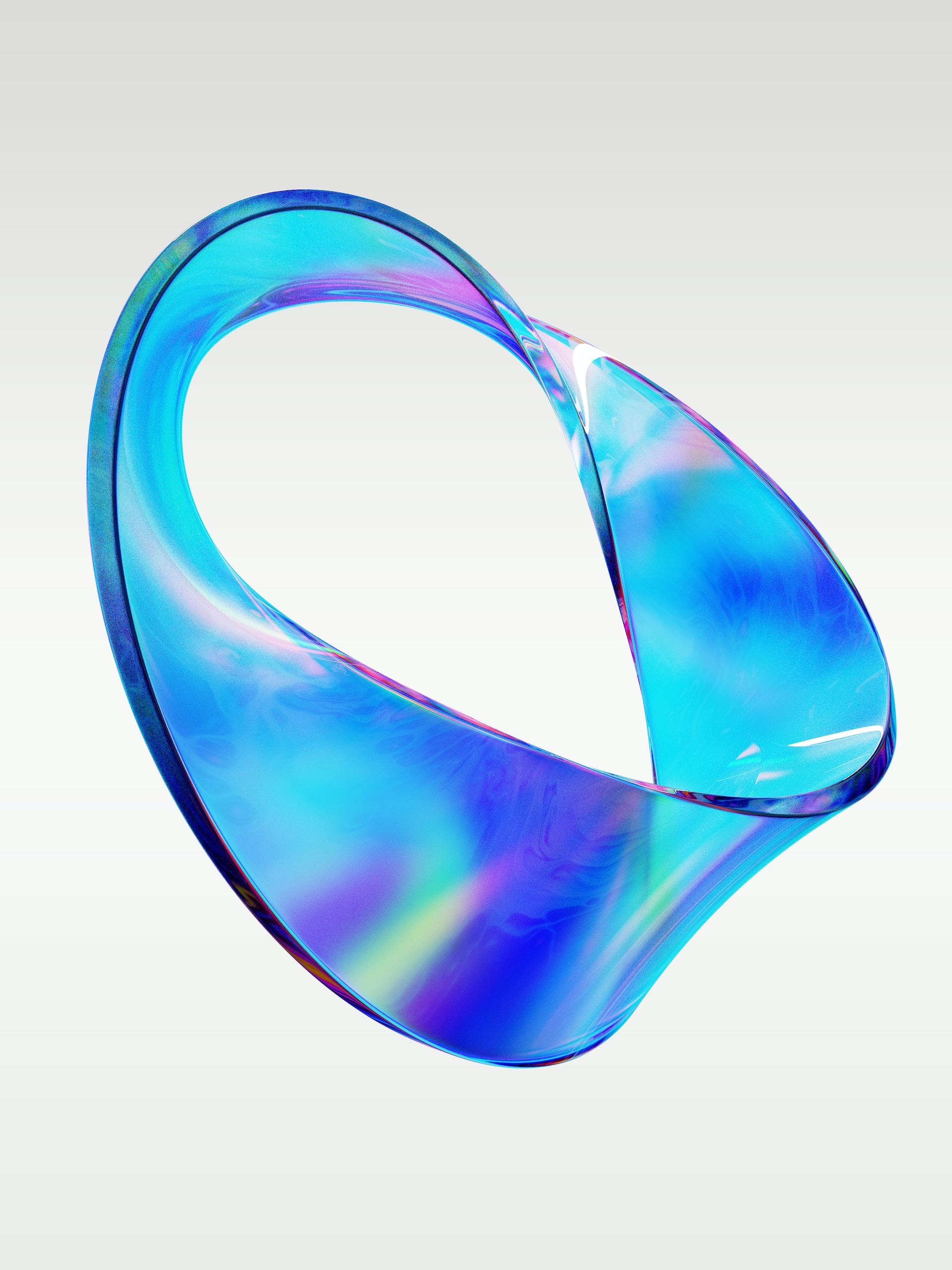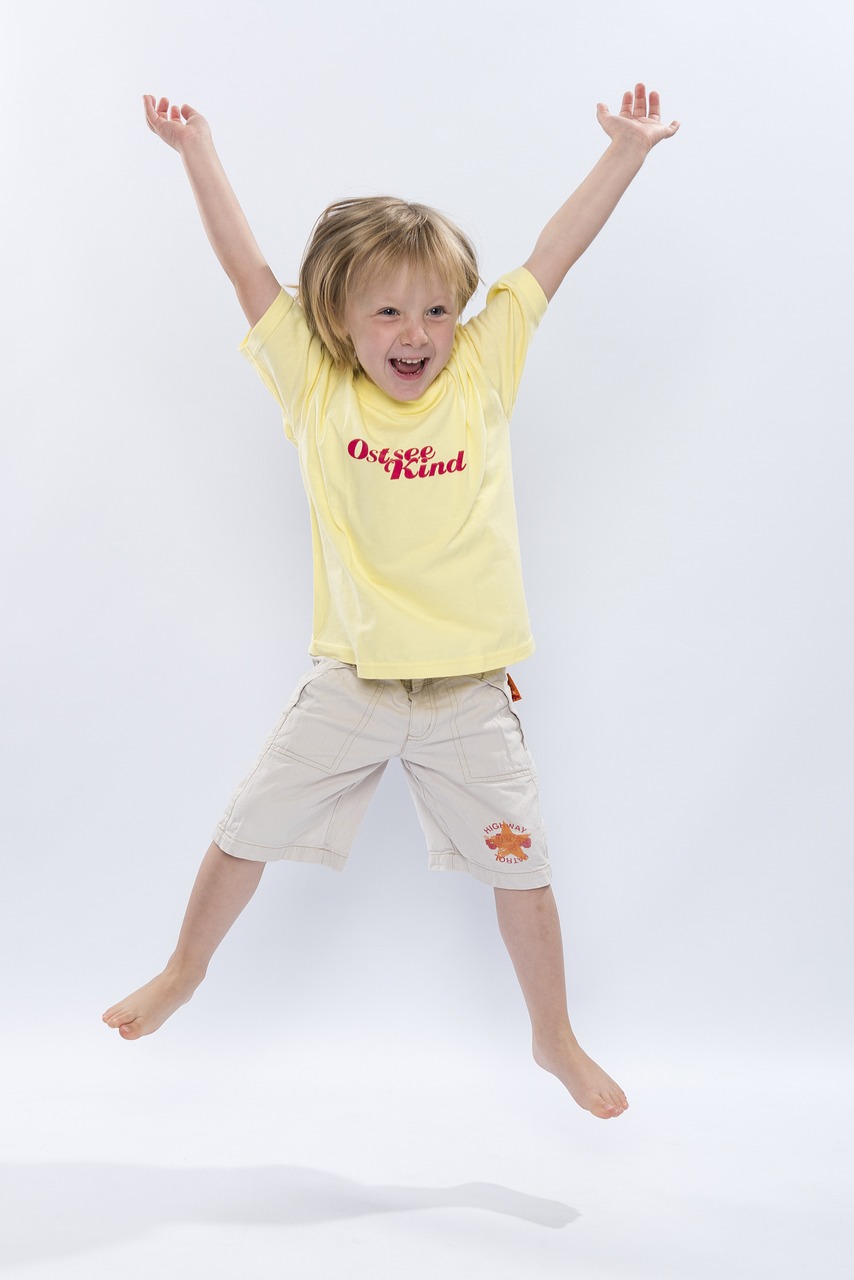![]()
How do you explain the concept behind the formula for the lateral surface area of a cylinder, which is 2?rh? I ran into this question when tutoring a student to prepare for the New York State Integrated Algebra Regents exam. (For some reason, this exam contains a lot of geometry.) The lateral surface area is the area of the cylinder’s surface that does not include the circular ends.

If you look at the cylinder, it resembles a can. If you imagine it is a can of something, the lateral surface area is what the label covers.
So to show the concept behind the formula, we took a can of organic garbanzo beans out of the kitchen cabinet. Fortunately, it had a label that was easy to peel off.
First we measured the width of the label. Next we measured the diameter of the can (the 2r, or twice the radius), and multiplied it by ?. Comparing the two widths, the rectangular label width pretty much matched the formula for the circumference, or a little over three times the diameter exactly! And since the label is a rectangle, to get the area, we multiplied the length by the height.
So we discovered, by this exploration, that the width of the label is equal to the circumference of the circular top. Therefore the formula made sense to the student, and we had fun making it concrete. If she doesn’t remember the formula on the test, I’m sure she’ll be able to access the concept to recreate the formula at the point – and that will demonstrate true understanding.


